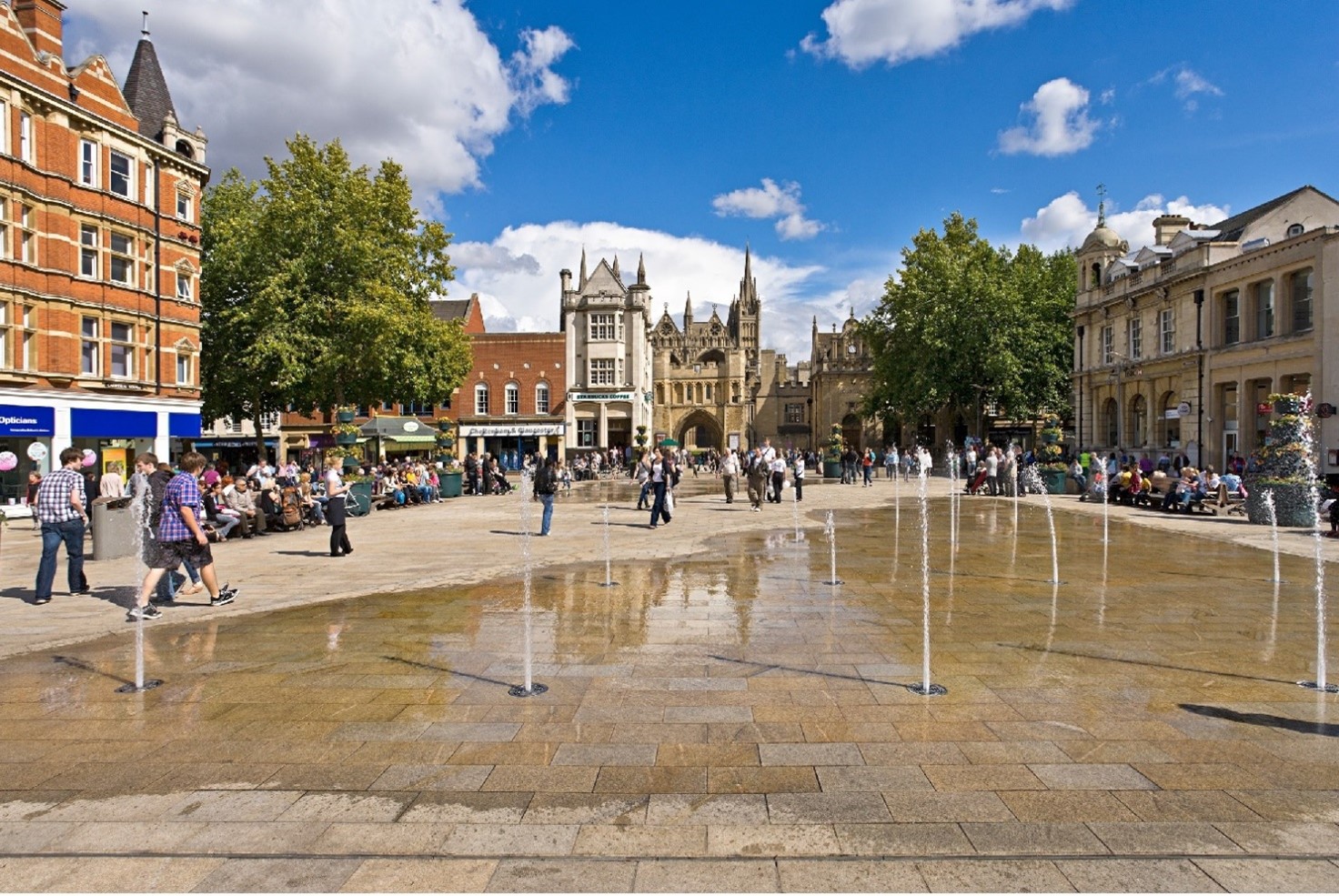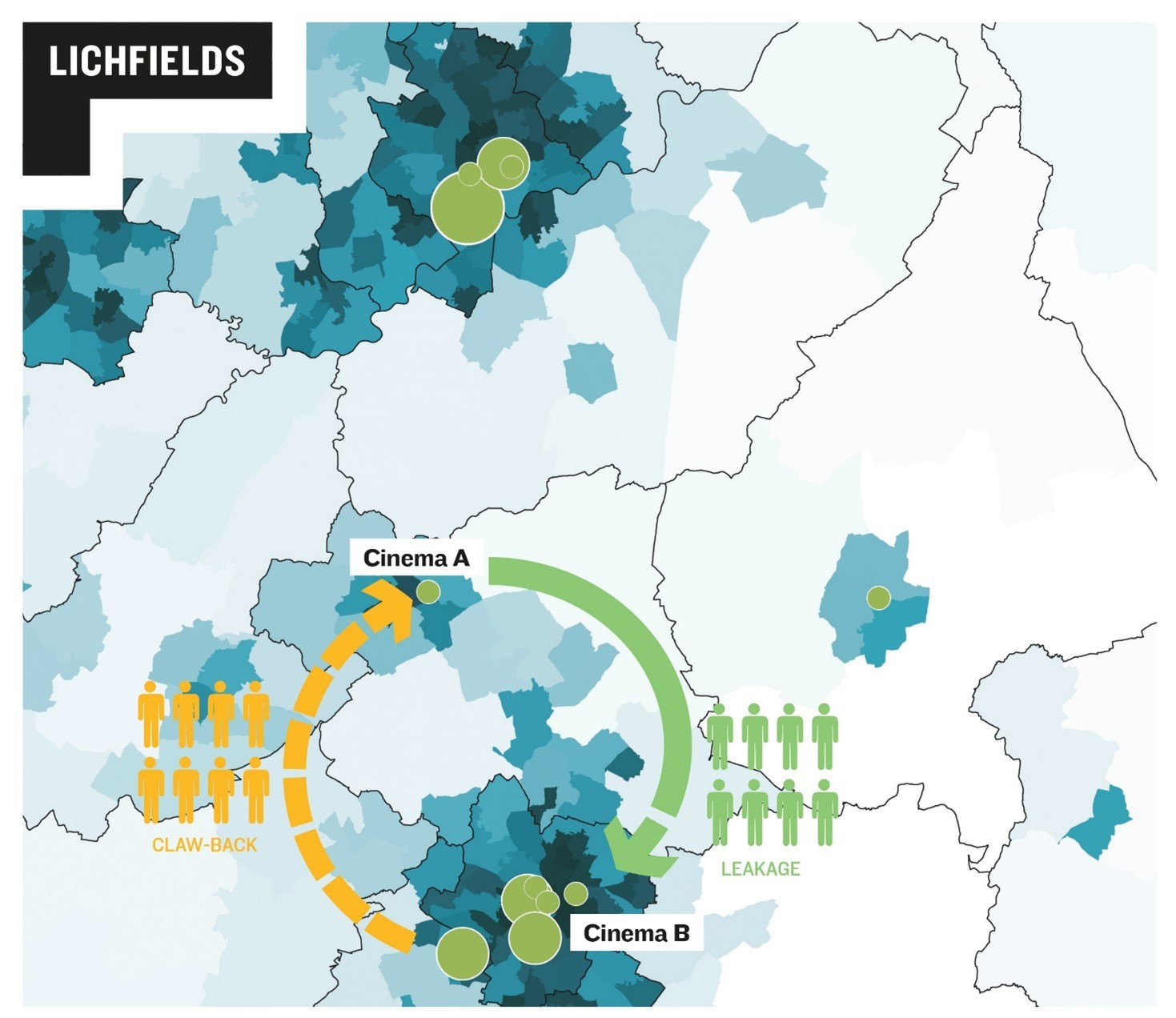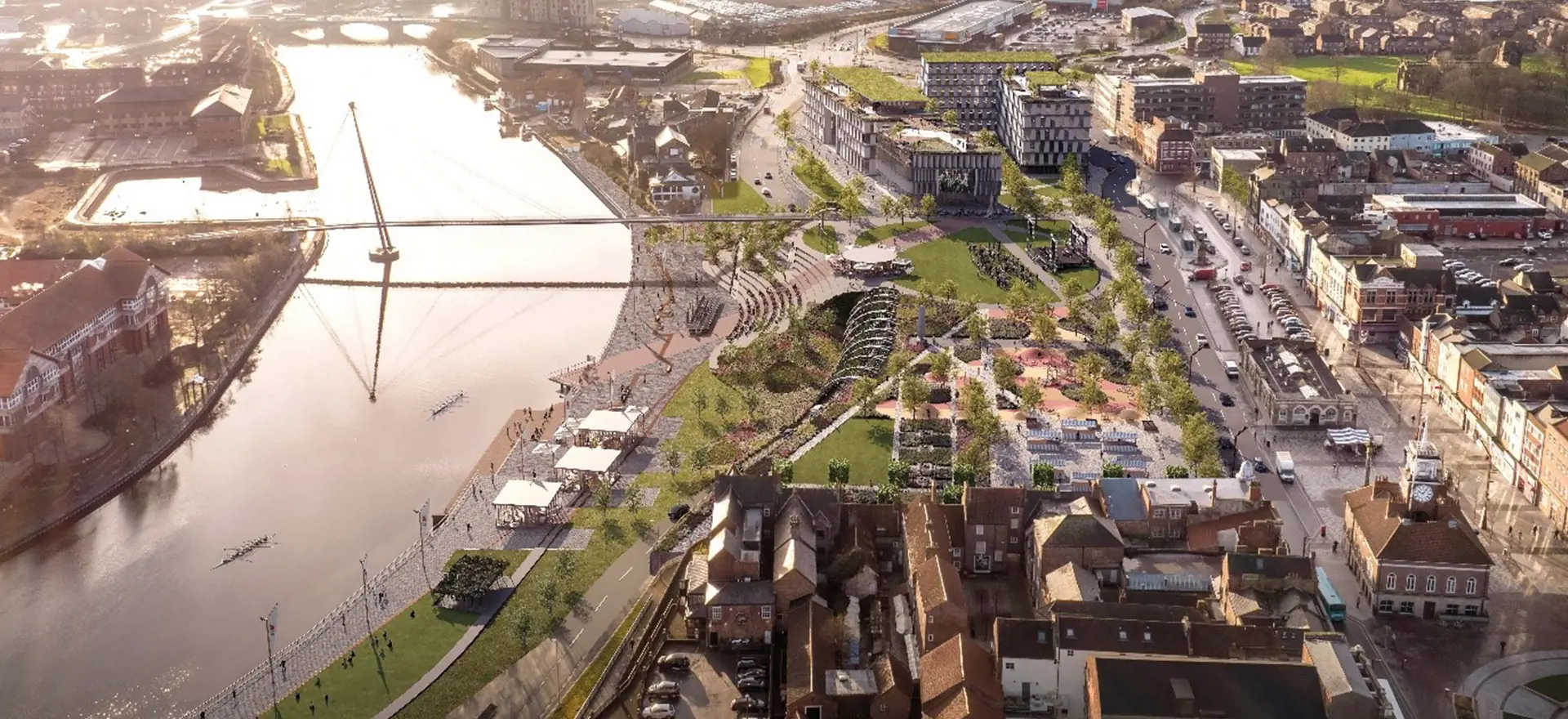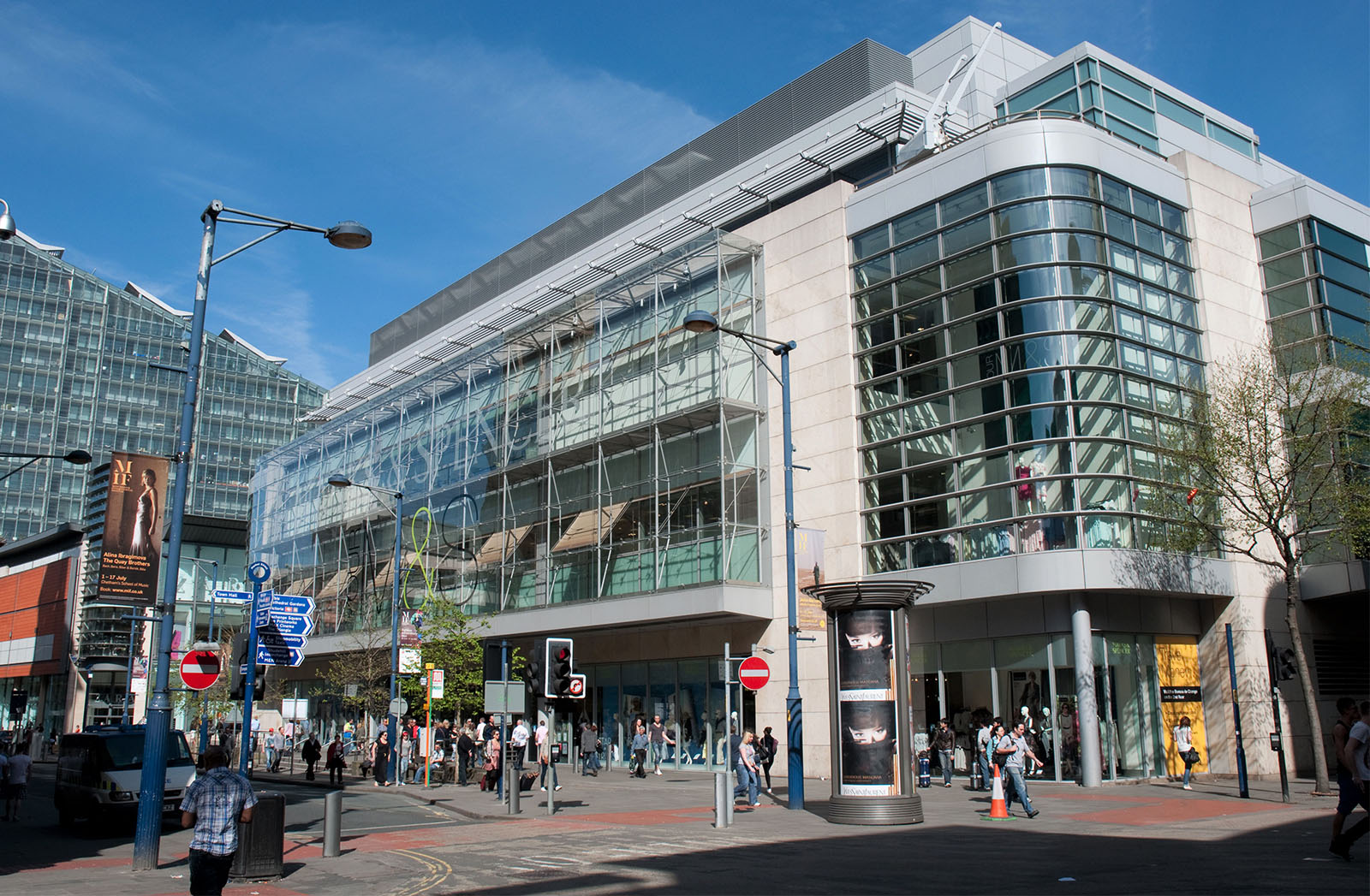It’s some 25 years since I first walked through the door at Lichfields, fresh-faced and looking forward to my new role as a Planner in the Newcastle Office, with a focus on town centre and retail work. Much water has passed under the bridge in the quarter century that has followed, and having just passed that milestone, it seems like an appropriate moment to reflect on our work over the years.
Founded in 1962, Lichfields has, throughout its 60 year history, been at the forefront of planning for town centres and town centre uses. Looking back to the early years of the business, we were actively involved in the establishment of the New Towns being planned during the 1960s. In the North East we assisted in the preparation of the masterplan for Cramlington New Town but our work was perhaps more celebrated in Milton Keynes and Peterborough. Our founder, Nathaniel Lichfield, created the first economic model for use in planning, and this formed the basis for our inputs into the Milton Keynes masterplan. In Peterborough, the challenge was slightly different as the new town was to be an extension of an existing settlement – but we made our mark there too, with Nat Lichfield successfully resisting arguments for the development of an entirely new city centre and instead promoting the expansion of the existing, historic core.
Cathedral Square, Peterborough
 Image credit: Opportunity Peterborough
Image credit: Opportunity Peterborough
Throughout the 1960s and 1970s we carried out shopping studies, much the same as we do now for local planning authorities today. We also advised developers promoting large new shopping centres in the centre of established towns and cities – a good example being our work for the developers of the Arndale Shopping Centres across several locations, most notably in Manchester where we provided evidence in support of the quantum of new shopping floorspace as part of the CPO.
However, while much of our work at this time was in town and city centres, interest had started to emerge in out of town shopping and we worked on Brent Cross, the first out of town shopping mall in the UK. We acted for Hammerson, the developers, making the case on the basis of filling a gap in the hierarchy of NE London. We also later acted for Capital and Counties on the second large regional shopping centre proposal at Lakeside.
During the 1980s, we started to evolve into a modern town planning consultancy practice, working for commercial operators, initially through our economic and masterplanning services but increasingly also as planning and development advisors. We started to work for M&S, providing advice on the sales potential of new stores (and indeed we played a similar role for the Co-operative Group during the 1990s). This led to us becoming involved in reviewing new store development proposals, including in relation to M&S’ first out of town store at the Brookfield Centre in Cheshunt which led to a more general role in providing support on development management issues across their store portfolio. As they accelerated their store development programme, this led to a huge amount of work in coordinating their planning applications, which were mainly town and city centre redevelopments at that time. One particularly significant example of this work was our advice to M&S on the redevelopment of their flagship Manchester City Centre store in the aftermath of the IRA bomb in the mid-1990s, a hugely important and symbolic investment in the regeneration of the centre.
M&S, Manchester City Centre
In the 1990s, new policy approaches emerged in response to the rapid growth in out of town development, fuelled by a fast-growing economy, increasing disposable income and credit card debt. A revised PPG6 was published in 1996 which significantly strengthened the “impact” test and introduced a new requirement – the need for “a sequential approach to site selection”. We had to react quickly to these new requirements as we were engaged by many local authorities – and also by various developers promoting large out of centre developments – developing new methodologies to respond to the new requirements. In particular, from a personal perspective I recall being involved in a major Public Inquiry at the Metro Centre in the late 1990s, where we developed what was, at the time, a ground-breaking approach to respond to the new ‘sequential test’.
In 2003 the Government confirmed that any proposals for out of centre development should also demonstrate ‘need’. While assessments of need had been around for many years – to inform and support Development Plans – this new requirement led to a greater focus on how to assess need for town centre uses. We responded to this by developing new capacity models to help assess need, not only for retail, but also other commercial leisure uses such as health and fitness clubs and cinemas. Our cinema capacity model – CineSCOPE – was particularly well used, both to support plan-making and planning applications – including, for example, a planning application for a new cinema at Parrs Wood in South Manchester – and indeed, we still use it to this day.
Extract from CineSCOPE Cinema Capacity Model

Over the last few years we have been very actively engaged in town centres again, against the background of structural change on the high street and the need for town centres to continue their evolution – this time away from retailing and towards a broader range of uses. This has included work on various town centre masterplans and providing associated support to local authorities and other public sector organisations in both compulsory purchase matters and by developing business cases to support applications for funding. Over the last year we have provided support on various Town Investment Plans and other bids for funding, including to the Future High Streets Fund, and a wide range of planning projects aimed at the re-purposing of former shopping centres and department stores. Many of these projects are truly innovative, and our work in Stockton on Tees is a great example. As part of a masterplan team looking at the redevelopment of the Castlegate Shopping Centre site we submitted a planning application promoting the development of a new urban park, which was approved last summer.
Proposed Urban Park, Castlegate, Stockton on Tees
 Image credit: Ryder Architecture
Image credit: Ryder ArchitectureStructural change in the retail sector, and the knock-on effect of this on the high street, has undoubtedly prompted a much greater focus on town and city centres than at any point in my career, with most towns now subject to proposals which will both diversify the mix of uses away from retail, and re-establish their broader role at the heart of local communities. To support this, we will, over the coming months, launch REVITALISE, our latest toolkit aimed at providing support to those engaged in town centre revitalisation.
The changing dynamic within town centres is genuinely exciting and we look forward to playing our part in supporting the continued evolution of town centres to meet the needs of the 21st century.





